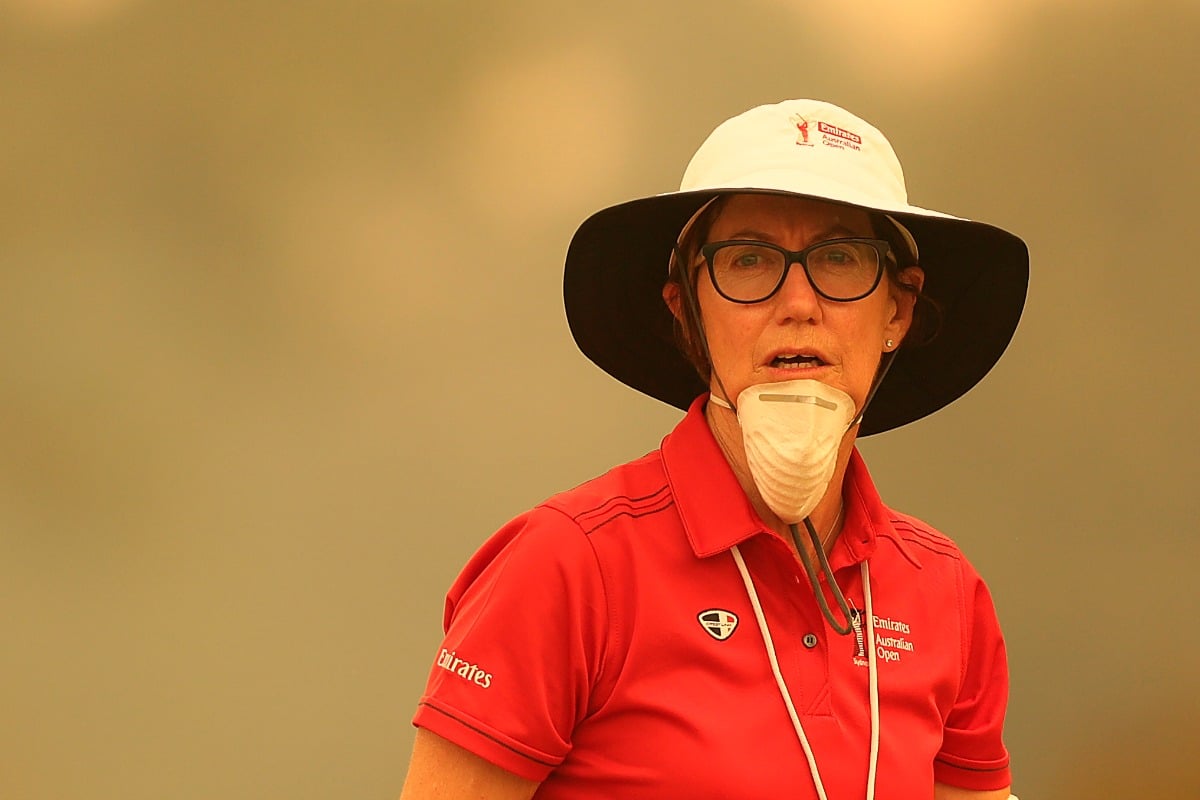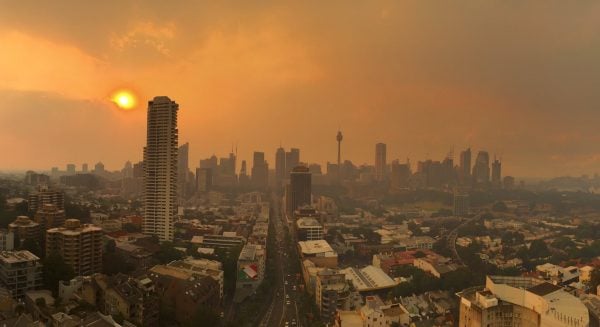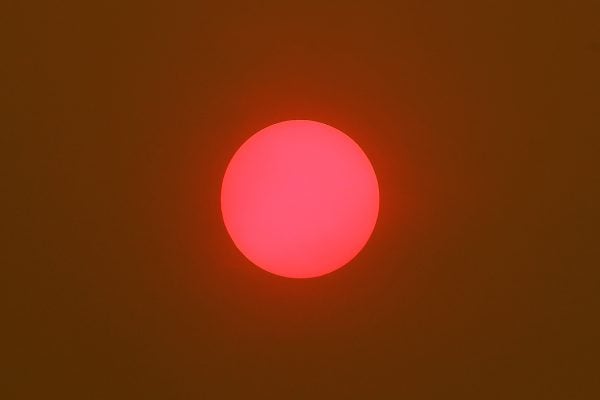
Right now New South Wales is experiencing the longest period of bushfire air pollution on record.
Those that are sick, are struggling to get better.
Our elderly are being forced into hospital beds, and families with asthmatic children are fleeing the state until it clears.
“I’ve had patients come in with nasal symptoms, sinus symptoms and sore throats,” Sydney GP Kim Loo told AAP.
While millions breathe in the after effects, thousands are still dealing with the immediate effects of the fires. Post continues after video.
It’s increasingly difficult to exercise outdoors, and uncomfortable to even be outdoors, because the smoke constricts your breathing. It makes your throat sting. Your eyes water. You can feel it inside you, like a silt has just settled over your organs.
Of course, this is an enviable position compared to the more than 600 Australian families who have lost their homes, and the six people who have lost their lives. It feels almost trivial to address the smoke, a byproduct of raging, dangerous fires, that are threatening entire communities.



Top Comments
I don't think it's trivial. This is the next great public health risk, and it's already impacting on our lifestyle. We must take action, for ourselves and all future peoples. It is impacting on our physical health, and as it drags on, it is harming mental health too as it causes worry and anxiety and halts our normal routines.
I think the people who have lost their homes and those who are struggling to breathe would very much like to ask the government why there has been no action. They should initiate a class action against the govt for ignoring the experts and cutting funding to fire services. ScoMo thinks we'll just go back to being "quiet Australians" and accept this as the new normal.